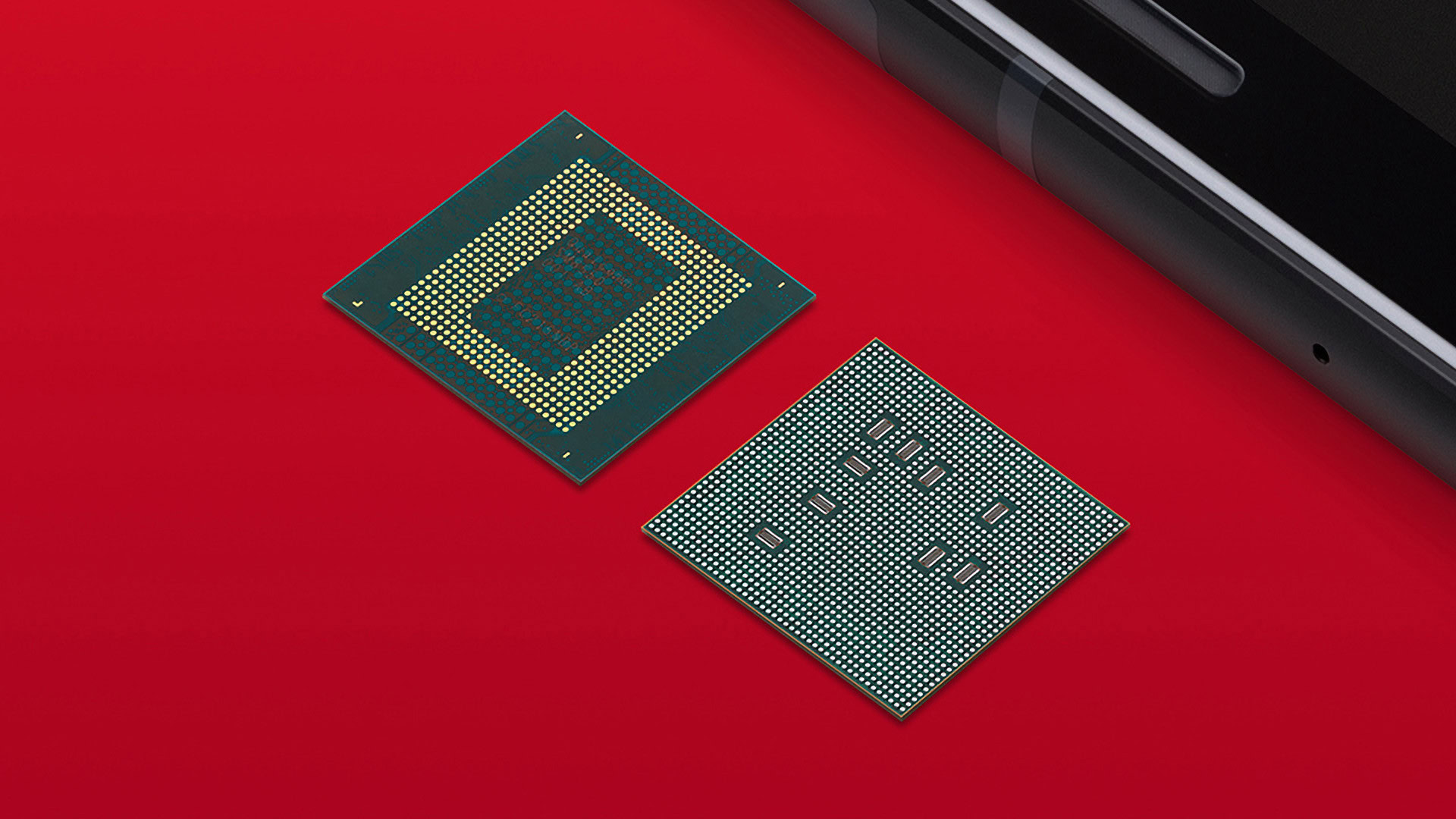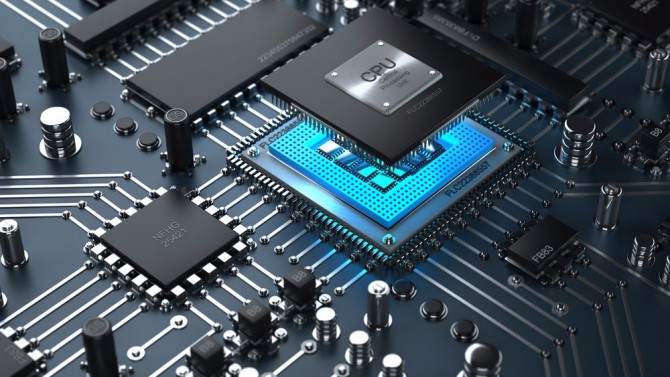Particulars for Qualcomm’s Snapdragon 8 Gen 3 processor have apparently leaked on-line.
The brand new chipset will reportedly supply a 1+3+2+2 CPU design.
Qualcomm’s chipset will purportedly be a 64-bit-only design as effectively.
Qualcomm has lengthy caught with the identical CPU structure for its flagship processors utilized in high-end telephones, providing one highly effective large core, three medium cores, and 4 little cores. That modified with the Snapdragon 8 Gen 2, as the corporate switched to 1 large core, 4 medium cores, and three little cores.
Now, factors to Qualcomm altering issues up once more for the upcoming Snapdragon 8 Gen 3. The leaker asserts that the brand new SoC has the mannequin quantity SM8650, is codenamed Lanai, and can have a 1+3+2+2 CPU setup.
Extra particularly, Wojciechowski says Qualcomm will use two brand-new Arm CPU cores, specifically one large Cortex-X core codenamed Hunter ELP (dubbed a Gold Plus core by Qualcomm) and 5 medium Cortex-A7xx cores. The 5 new Cortex-A7xx collection cores are additional divided into two so-called Titanium cores and three Gold cores. The tipster speculates that these Titanium cores might need larger clock speeds or extra cache.
In any other case, Wojciechowski asserts that Qualcomm will use two little Cortex-A5xx collection cores codenamed Hayes. Hayes is the codename for a successor to the present Cortex-A510 core, suggesting that we’ll really see three new Arm CPU cores within the Snapdragon 8 Gen 3.
What does this imply for 2024’s telephones?
Different claimed options embody an Adreno 750 GPU (up from Adreno 740 within the Snapdragon 8 Gen 2) and 64-bit app assist solely. The latter could be a significant landmark for Android, as all present Android chipsets nonetheless assist 32-bit operations. Google’s Pixel 7 collection telephones don’t assist 32-bit apps, however the Tensor G2 processor nonetheless makes use of CPU cores with 32-bit assist.
Nonetheless, this leak suggests we’ll see fewer little cores than ever earlier than. It’s unclear what this purported swap to fewer little cores means for total effectivity. Then once more, extra medium cores (notably if the Titanium cores see a velocity/cache increase) ought to lead to even higher multi-core efficiency metrics. Will this be sufficient to beat Apple, notably in multi-core benchmarks? We’ll simply have to attend and see.





/cdn.vox-cdn.com/uploads/chorus_asset/file/24054838/AMD_Ryzen_7000_Desktop_CPU_Lineup_low_res_scale_4_00x_Custom.png)